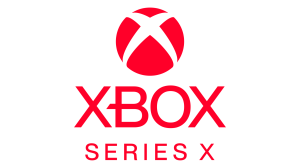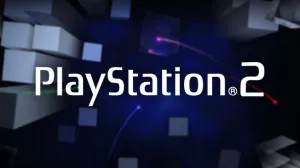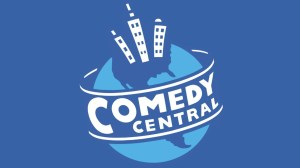UPDATE: Wizards has admitted that the artwork included AI-generated elements. The following statement was provided to ComicBook.com by Wizards. “Thanks to our diligent community who pointed out a series of recent marketing images may have included elements of generative AI, we are rethinking our process of how we work with vendors for our marketing creative.
Videos by ComicBook.com
We already made clear that we require artists, writers, and creatives contributing to the Magic TCG to refrain from using AI generative tools to create final Magic products. What’s now apparent is that we need to update the way we work with vendors on creative beyond our products—like marketing images we use on social media—to make sure that we’re supporting the amazing human ingenuity that is so important to Magic. Along with so many others, we also want to get better at understanding whether and how AI is used in the creative process. We believe everyone benefits from more transparency and better disclosure. We can’t promise to be perfect in such a fast-evolving space, especially with generative AI becoming standard in tools such as Photoshop, but our aim is to always come down on the side of human made art and artists.”
The original article is below.
Wizards of the Coast found themselves in another AI-generated art controversy this week, this time over a series of promotional pieces meant to promote a new Magic: The Gathering set. This week, Magic: The Gathering’s social media pages posted several images meant to promote the upcoming Ravnica Remastered set due out for release this week. The promotional pieces, which were displayed on X (formerly known as Twitter) and Facebook, depicted several cards placed among scientific equipment, often with a general steampunk aesthetic. While the Magic: The Gathering cards featured “real” artwork, some began to suspect that the promotional image was made using generative AI. One piece of promotional art featured a mechanical gauge with gradually fading measurements and a piece of equipment where tubing/wiring gradually blended into a burnished piece of metal.
In response to the criticism, Wizards of the Coast stated that the artwork was not generated by AI but was instead human made. “We understand confusion by fans given the style being different than card art, but we stand by our previous statement,” a follow-up statement made by Wizards read on social media. “This art was created by humans and not AI.”
ComicBook.com asked Wizards of the Coast for details about who made the artwork and whether that artist had used stock artwork (many stock art sites are now filled with AI images), but did not receive a response as of the time of the publication of this article.
The newest AI-controversy follows two separate generative-AI controversies for Wizards of the Coast that occurred in the later part of last month. The first involved the unfounded accusation that a piece of artwork due to appear in the 2024 Dungeons & Dragons Player’s Handbook was AI. ComicBook.com reached out to the artist and received WIP pieces showing that the art was in fact human-made. The second controversy involved scrutiny over a graphic designer job listing that involved touching up existing art pieces. While this is a common job within tabletop companies, discourse accused Wizards of seeking to hire an in-house artist to touch up AI artwork and remove evidence that it was AI-generated. In response to both controversies, Wizards of the Coast reiterated that its artist guideline policies prohibited the use of generative AI when creating artwork for use in the games. However, we will note that the artist guidelines (at least as presented in Wizards of the Coast statements, ComicBook.com has not seen the full Artist Guidelines) state that AI isn’t to be used in “final products,” which hypothetically leaves room for a loophole for promotional pieces such as the ones currently under scrutiny.
AI-generated art has drawn criticism for several reasons, ranging from the removal of actual artists from the art creation process to the fact that many AI art generators used databases filled with human-made art to train the AI without artists’ consent. At the same time, with the growing complexity of generative AI images and the already common use of other digital tools in art creation, some of the discussion surrounding AI art has been muddled by false accusations or confusion that an image made using digital tools or filters are in fact AI-generated.








